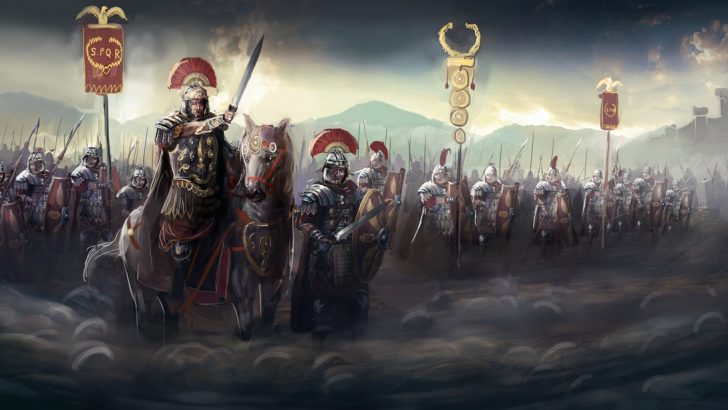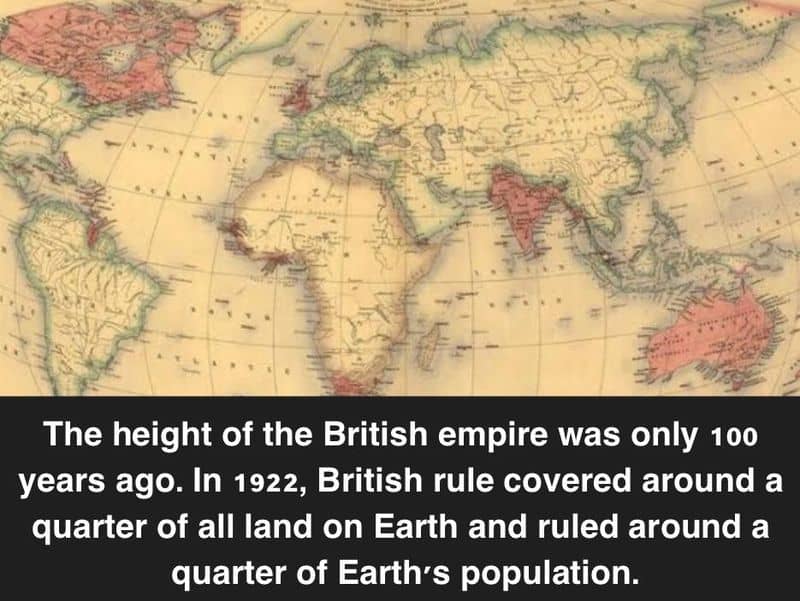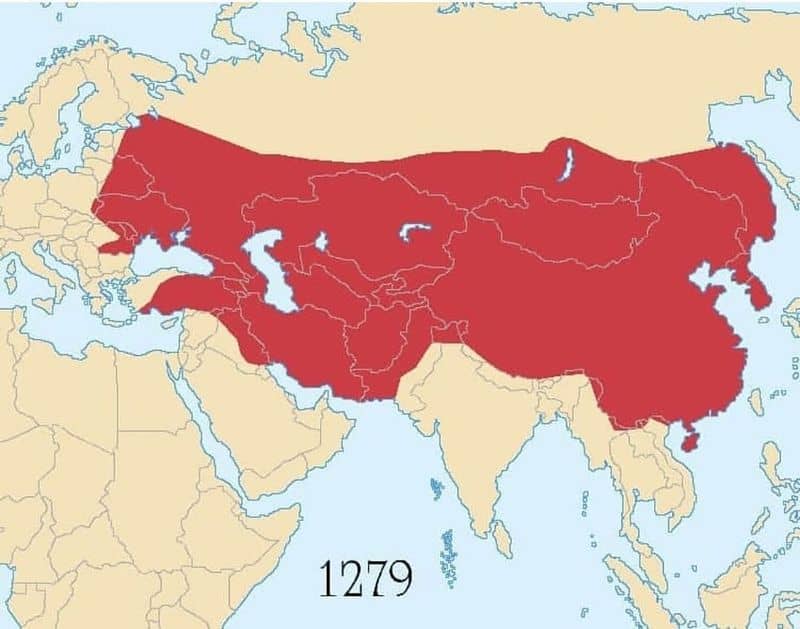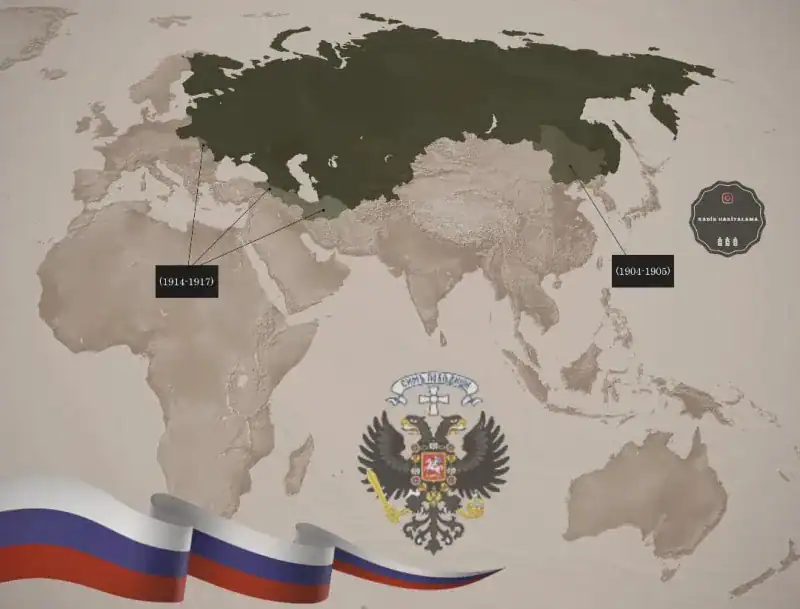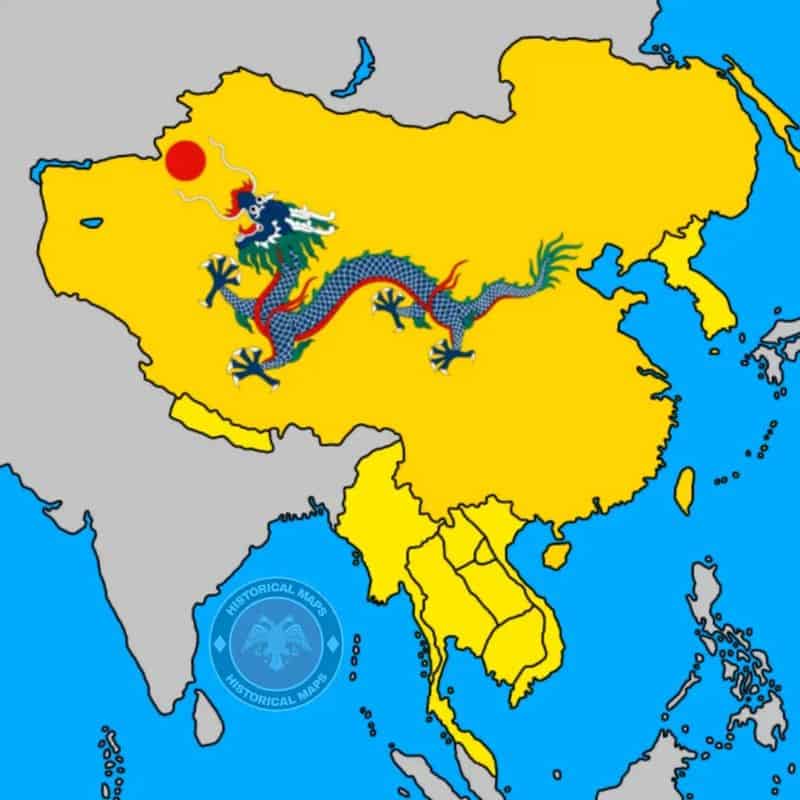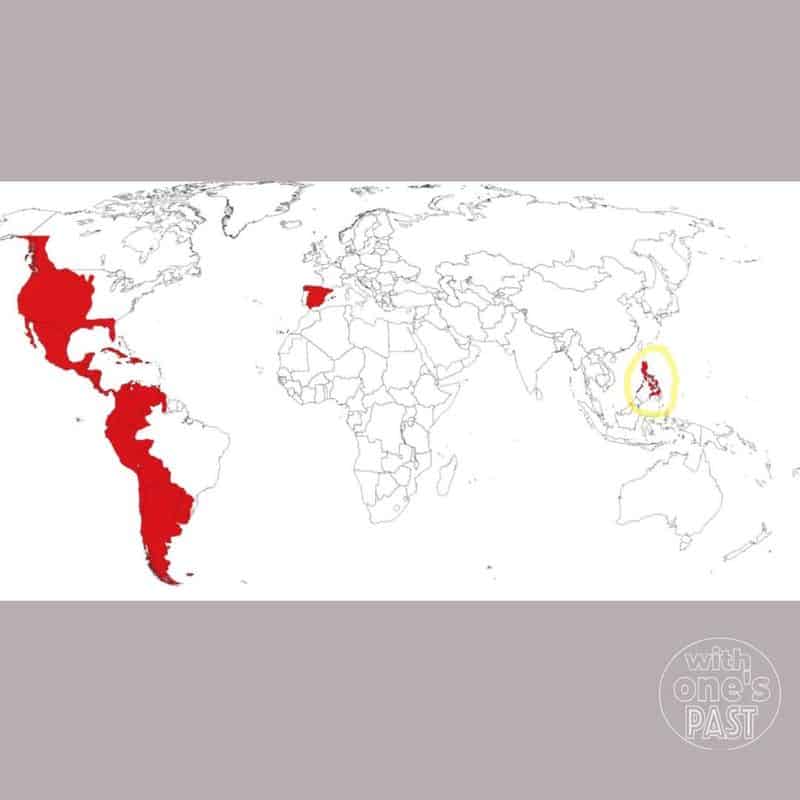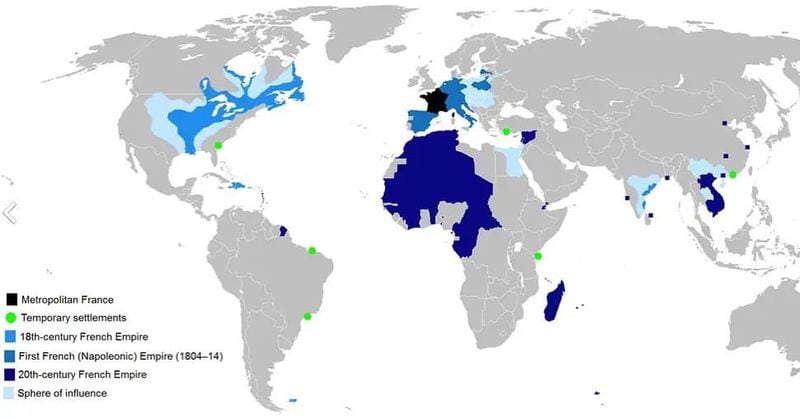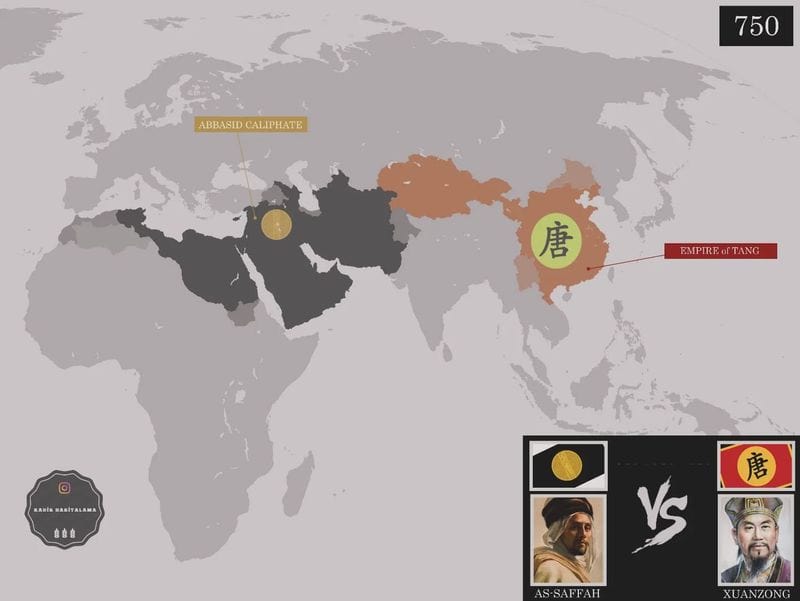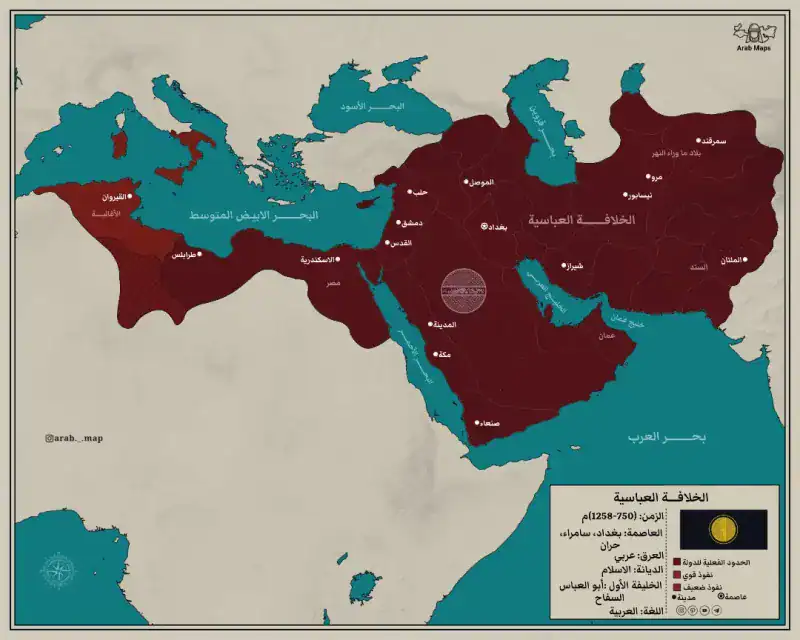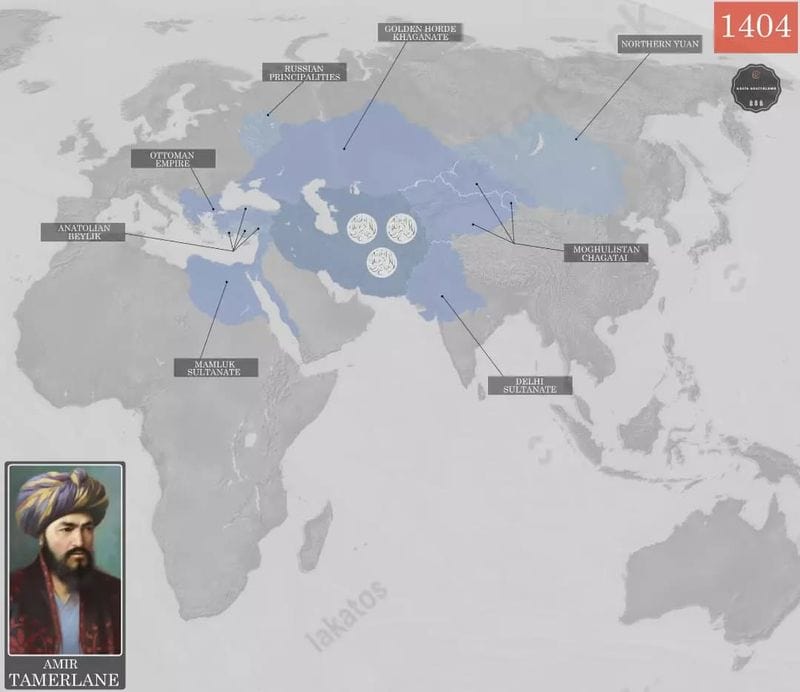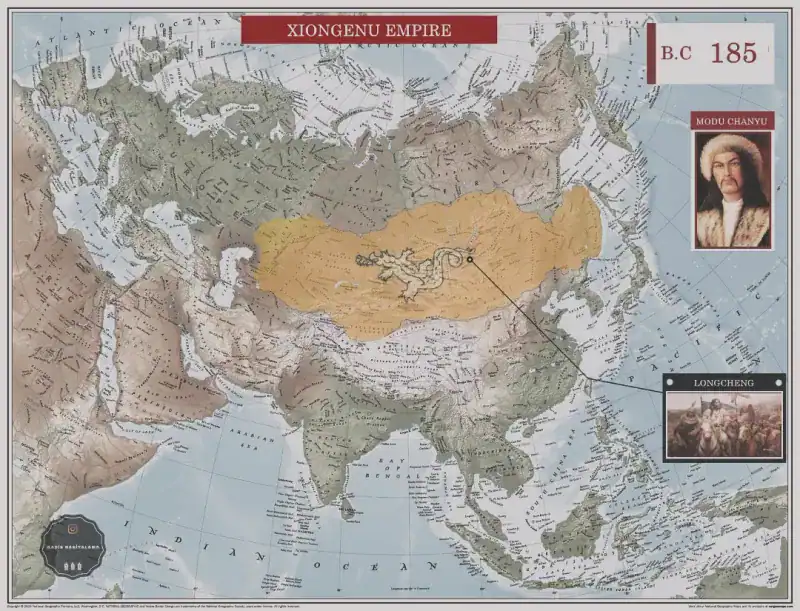Empires have shaped our world in profound ways, controlling vast territories and millions of people across continents.
These massive political entities created laws, spread cultures, and built trading networks that continue to influence us today.
Looking at history’s largest empires helps us understand how power has shifted over time and how modern countries came to be.
1. British Empire: The Sun Never Sets
Reaching its peak around 1920, the British Empire controlled an astonishing 35.5 million square kilometers—over a quarter of Earth’s land surface! From Canada to India, Australia to Africa, this maritime empire connected distant continents through trade, migration, and cultural exchange.
The empire began with small trading posts but expanded dramatically during the 1800s through military conquest and colonial settlement. Its legacy remains visible in the Commonwealth nations, the widespread use of English, and legal systems across former colonies.
Queen Victoria ruled over 400 million subjects during her reign, earning the nickname “Grandmother of Europe” through strategic royal marriages that connected British influence to royal houses across the continent.
2. Mongol Empire: Horseback Conquerors
Galloping from the steppes of Central Asia, Genghis Khan and his descendants created history’s largest contiguous land empire. At its height in the 13th century, Mongol territory stretched across 24 million square kilometers, connecting Korea to Eastern Europe in a network of conquered lands.
Famous for their unmatched cavalry and military innovation, the Mongols conquered civilizations that had stood for centuries. They established the Pax Mongolica, a period of relative peace that allowed trade along the Silk Road to flourish.
Despite their fearsome reputation, the Mongols were remarkably tolerant of different religions and cultures within their realm, creating one of history’s earliest examples of multicultural governance.
3. Russian Empire: From Moscow to Alaska
Expanding relentlessly for centuries, the Russian Empire eventually covered 22.8 million square kilometers across Europe, Asia, and even North America. Beginning with Ivan the Terrible’s conquests in the 16th century, Russian rulers pushed their borders outward in all directions, reaching their maximum territory by 1895.
The empire’s vast size created enormous challenges for governance. A single letter from St. Petersburg might take months to reach distant provinces, while cultural differences between the hundreds of ethnic groups required complex administrative systems.
Russian America—now known as Alaska—remained part of the empire until 1867, when financial pressures forced Tsar Alexander II to sell the territory to the United States for just $7.2 million, about two cents per acre!
4. Qing Dynasty: China’s Last Imperial Age
Founded by Manchu conquerors from beyond the Great Wall, the Qing Dynasty ruled China from 1644 to 1912, controlling up to 14.7 million square kilometers at its zenith. The empire incorporated Tibet, Mongolia, and parts of Central Asia, creating the territorial foundation for modern China.
Under emperors like Kangxi and Qianlong, China experienced a golden age of cultural and economic prosperity. The population tripled to over 400 million people, making it the world’s most populous empire of its time.
Ironically, this non-Chinese dynasty became known for preserving traditional Chinese culture. The Qing emperors were enthusiastic patrons of Confucian scholarship and classical arts, even as they maintained distinct Manchu traditions within the imperial court.
5. Spanish Empire: First Global Superpower
Following Columbus’s voyages, Spain rapidly built the first truly global empire, controlling 13.7 million square kilometers across four continents by the late 1700s. Gold and silver from American mines funded Spanish power while transformed economies worldwide.
The phrase “the empire on which the sun never sets” was first applied to Spanish territories, which included most of South and Central America, the Philippines, and parts of Africa and Europe. Ships laden with treasure regularly crossed the Atlantic in heavily guarded convoys.
Manila galleons connected Spanish America with Asia for 250 years, creating the first regular trans-Pacific trade route and bringing Chinese silks and porcelain to Mexico in exchange for New World silver.
6. French Colonial Empire: From Quebec to Madagascar
France’s second colonial empire reached its height around 1920, encompassing 11.5 million square kilometers across Africa, Southeast Asia, and scattered islands worldwide. Unlike earlier colonial powers, France often pursued cultural assimilation, encouraging colonial subjects to adopt French language and customs.
North Africa formed the crown jewel of French overseas territories, with Algeria legally considered an extension of France itself rather than a colony. The famous Foreign Legion was created primarily to maintain control over these North African possessions.
French West Africa covered an area larger than modern-day Europe, stretching from Senegal to Niger. The region’s diverse cultures and resources made it strategically valuable, though colonial borders drawn with rulers often ignored traditional ethnic boundaries.
7. Abbasid Caliphate: Golden Age of Islam
Rising from revolution in 750 CE, the Abbasid Caliphate governed 11.1 million square kilometers from its magnificent capital of Baghdad. Under enlightened rulers like Harun al-Rashid, the empire experienced unprecedented scientific and cultural flowering while Europe remained in the Dark Ages.
The House of Wisdom in Baghdad collected and translated ancient texts from Greek, Persian, and Indian sources, preserving crucial knowledge that might otherwise have been lost forever. Scholars invented algebra, advanced astronomy, and pioneered experimental medicine.
At its peak, nearly one-third of the world’s population lived under Abbasid rule. The empire’s sophisticated postal system used relay stations with fresh horses to deliver messages across vast distances, creating an early information network that helped maintain imperial control.
8. Umayyad Caliphate: From Damascus to Spain
Erupting from the Arabian Peninsula in the 7th century, the Umayyad Caliphate conquered 11.1 million square kilometers in just a century, uniting lands from Spain to Pakistan under Islamic rule. Their rapid military expansion ranks among history’s most successful conquest campaigns.
The Umayyads transformed ancient Damascus into their capital, building the magnificent Great Mosque that still stands today. Their architectural innovations blended Byzantine, Persian, and Arabian styles to create distinctive Islamic forms.
After the Abbasid revolution toppled the main Umayyad line, a surviving prince fled to Spain and established the independent Emirate of Córdoba. This remnant flourished for centuries as a center of learning where Muslim, Jewish, and Christian scholars collaborated during Europe’s darkest period.
9. Yuan Dynasty: When China Became Part of Mongolia
Established by Kublai Khan, grandson of Genghis Khan, the Yuan Dynasty controlled 11 million square kilometers, including all of China and Mongolia. Unlike other conquests where smaller nations were absorbed by larger ones, this remarkable empire represented the opposite—Mongolia conquering and ruling China, a nation many times its size.
Marco Polo’s famous travels took place during Yuan rule, introducing Europe to Chinese innovations like paper money, printing, and gunpowder. His accounts inspired generations of European explorers and merchants seeking routes to the fabled East.
Despite being foreign rulers, the Yuan emperors embraced Chinese administrative systems while maintaining their Mongol identity. They created a complex social hierarchy with Mongols at the top, followed by Central Asians, Northern Chinese, and finally Southern Chinese.
10. Xiongnu Empire: Rome’s Eastern Counterpart
Dominating the Mongolian steppe centuries before Genghis Khan, the Xiongnu created a sophisticated nomadic empire covering 9 million square kilometers. These skilled horsemen were contemporaries of Ancient Rome, forming a powerful eastern counterweight to western civilization around 200 BCE.
Chinese emperors built early sections of the Great Wall specifically to defend against Xiongnu raids. When military solutions failed, they often resorted to diplomatic marriages, sending noble Chinese women as brides to Xiongnu leaders in exchange for peace.
The Xiongnu mastered mounted warfare tactics that would influence military history for millennia. Their warriors could shoot arrows accurately while riding at full gallop, a revolutionary skill that made their light cavalry nearly unstoppable against traditional infantry armies.

